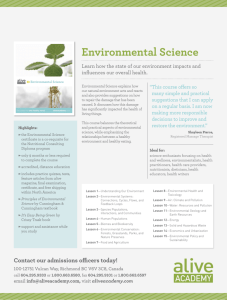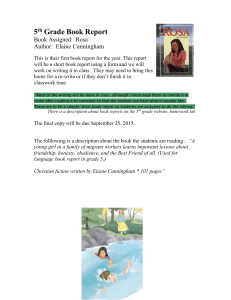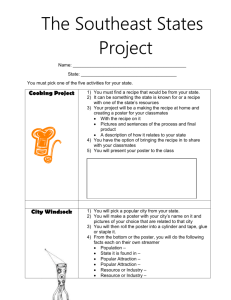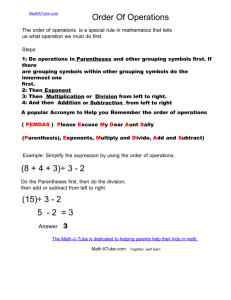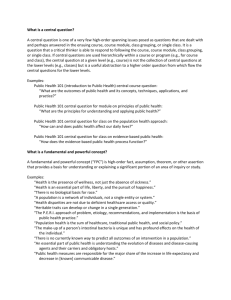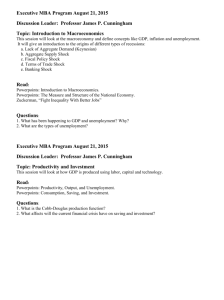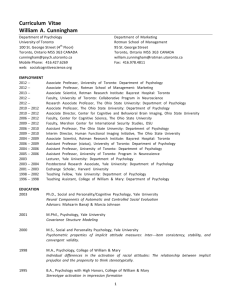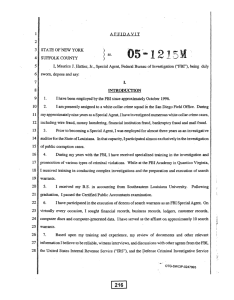2nd Grade Reading Literature RL.2.7
advertisement
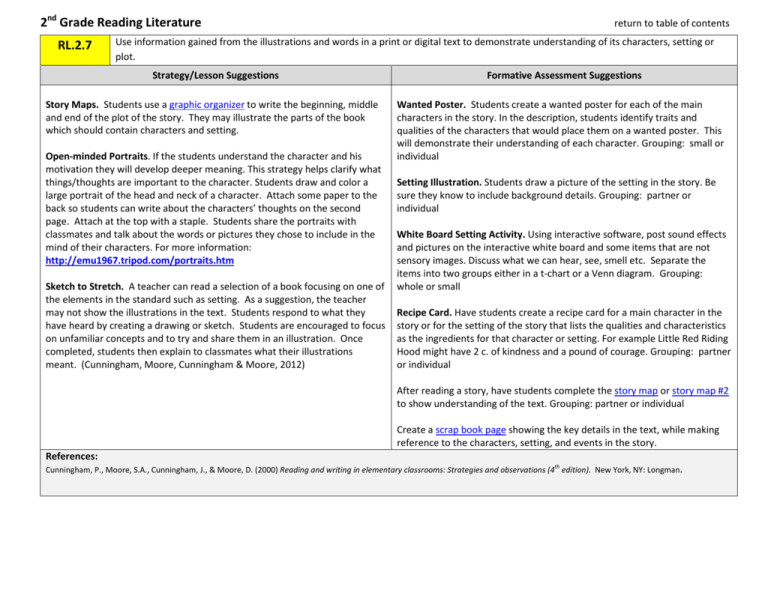
2nd Grade Reading Literature RL.2.7 return to table of contents Use information gained from the illustrations and words in a print or digital text to demonstrate understanding of its characters, setting or plot. Strategy/Lesson Suggestions Story Maps. Students use a graphic organizer to write the beginning, middle and end of the plot of the story. They may illustrate the parts of the book which should contain characters and setting. Open-minded Portraits. If the students understand the character and his motivation they will develop deeper meaning. This strategy helps clarify what things/thoughts are important to the character. Students draw and color a large portrait of the head and neck of a character. Attach some paper to the back so students can write about the characters’ thoughts on the second page. Attach at the top with a staple. Students share the portraits with classmates and talk about the words or pictures they chose to include in the mind of their characters. For more information: http://emu1967.tripod.com/portraits.htm Sketch to Stretch. A teacher can read a selection of a book focusing on one of the elements in the standard such as setting. As a suggestion, the teacher may not show the illustrations in the text. Students respond to what they have heard by creating a drawing or sketch. Students are encouraged to focus on unfamiliar concepts and to try and share them in an illustration. Once completed, students then explain to classmates what their illustrations meant. (Cunningham, Moore, Cunningham & Moore, 2012) Formative Assessment Suggestions Wanted Poster. Students create a wanted poster for each of the main characters in the story. In the description, students identify traits and qualities of the characters that would place them on a wanted poster. This will demonstrate their understanding of each character. Grouping: small or individual Setting Illustration. Students draw a picture of the setting in the story. Be sure they know to include background details. Grouping: partner or individual White Board Setting Activity. Using interactive software, post sound effects and pictures on the interactive white board and some items that are not sensory images. Discuss what we can hear, see, smell etc. Separate the items into two groups either in a t-chart or a Venn diagram. Grouping: whole or small Recipe Card. Have students create a recipe card for a main character in the story or for the setting of the story that lists the qualities and characteristics as the ingredients for that character or setting. For example Little Red Riding Hood might have 2 c. of kindness and a pound of courage. Grouping: partner or individual After reading a story, have students complete the story map or story map #2 to show understanding of the text. Grouping: partner or individual References: Create a scrap book page showing the key details in the text, while making reference to the characters, setting, and events in the story. th Cunningham, P., Moore, S.A., Cunningham, J., & Moore, D. (2000) Reading and writing in elementary classrooms: Strategies and observations (4 edition). New York, NY: Longman. 2nd Grade Reading Literature Beginning return to table of contents Middle End _______________________________ _____________________________ _____________________________ _______________________________ _____________________________ _____________________________ _______________________________ _____________________________ _____________________________ _______________________________ _____________________________ _____________________________ _______________________________ _____________________________ _____________________________ _______________________________ _____________________________ _____________________________ _______________________________ _____________________________ _____________________________ ______________________________ _____________________________ _____________________________

